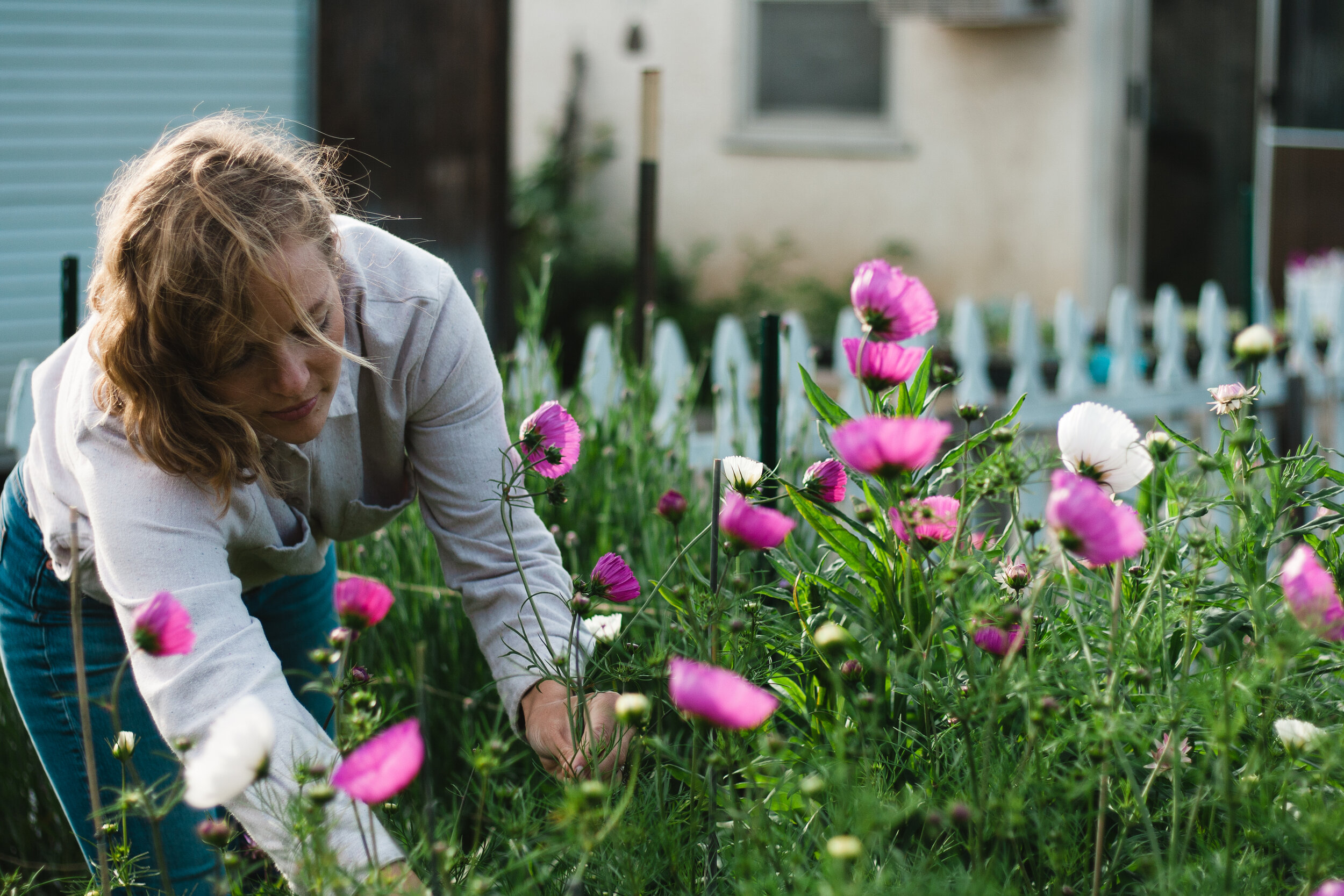San Diego’s mild climate offers a fantastic opportunity to cultivate a vibrant and productive cut flower garden. Imagine filling your home with beautiful, homegrown blooms, perfect for bouquets and arrangements. Planning is key to success, ensuring you select the right flowers, prepare the soil properly, and provide adequate care. This guide will walk you through the essential steps to create a thriving cut flower garden that will bring color and joy to your life throughout the year.
Choosing the Right Flowers for San Diego
Selecting the right flowers is crucial for a successful cut flower garden. Consider San Diego’s specific climate and microclimates when making your choices. Look for varieties that thrive in warm, sunny conditions and are relatively drought-tolerant. Here are some excellent options:
- Sunflowers: A classic choice for cut flowers, sunflowers bring a cheerful, sunny vibe to any arrangement.
- Zinnias: Easy to grow and available in a wide range of colors, zinnias are prolific bloomers.
- Cosmos: Delicate and airy, cosmos add a touch of whimsy to bouquets.
- Dahlias: With their stunning variety of shapes and colors, dahlias are showstoppers in any garden;
- Gladiolus: Tall and elegant, gladiolus provide vertical interest in arrangements.
- Stock: Fragrant and long-lasting, stock adds a delightful scent to bouquets.
- Lisianthus: Resembling roses, lisianthus are a sophisticated choice for cut flowers.
- Snapdragons: These upright flowers come in various colors and add height and texture to arrangements.
Factoid: Did you know that sunflowers are heliotropic? This means they follow the sun’s movement across the sky throughout the day, maximizing their exposure to sunlight!
Preparing Your Garden Bed
Proper soil preparation is essential for healthy flower growth. San Diego’s soil can be challenging, often being heavy clay or sandy. Amending the soil with organic matter is crucial to improve drainage and fertility.
Steps for Soil Preparation:
- Choose a Sunny Location: Most cut flowers require at least 6-8 hours of sunlight per day.
- Clear the Area: Remove any grass, weeds, rocks, and debris from the planting area.
- Amend the Soil: Incorporate plenty of compost, aged manure, or other organic matter into the soil to improve drainage and fertility. Aim for a well-draining, loamy soil.
- Till or Dig: Loosen the soil to a depth of at least 12 inches to allow for good root growth.
- Level the Bed: Rake the soil to create a smooth, even surface.
Planting and Caring for Your Cut Flowers
Once your garden bed is prepared, it’s time to plant your flowers. Follow the specific spacing recommendations for each variety. Regular watering and fertilization are essential for healthy growth and abundant blooms.
- Watering: Water deeply and regularly, especially during dry periods. Avoid overhead watering, which can promote fungal diseases. Soaker hoses or drip irrigation are ideal.
- Fertilizing: Feed your plants regularly with a balanced fertilizer, following the manufacturer’s instructions.
- Deadheading: Remove spent flowers regularly to encourage more blooms.
- Pest and Disease Control: Monitor your plants regularly for pests and diseases. Use organic pest control methods whenever possible.
- Support: Provide support for tall or heavy-headed flowers, such as sunflowers and dahlias, to prevent them from falling over.
Harvesting Your Cut Flowers
Harvesting your flowers at the right stage of development is crucial for maximizing their vase life. Cut flowers early in the morning, when they are fully hydrated. Use sharp, clean shears or a knife to make a clean cut. Remove any leaves that will be submerged in water.
Tips for Harvesting:
- Harvest Timing: Cut flowers when they are just beginning to open.
- Stem Length: Cut stems as long as possible.
- Hydration: Immediately place the cut stems in a bucket of cool water.
- Vase Life: Add flower food to the water to prolong the vase life of your cut flowers.
FAQ: Growing Cut Flowers in San Diego
What is the best time to plant cut flowers in San Diego?
The best time to plant depends on the specific flower variety. Generally, spring and fall are ideal planting times in San Diego’s mild climate. Consult seed packets or plant tags for specific recommendations.
How often should I water my cut flower garden?
Water deeply and regularly, especially during dry periods. Check the soil moisture regularly and water when the top inch of soil feels dry.
What kind of fertilizer should I use?
Use a balanced fertilizer with equal amounts of nitrogen, phosphorus, and potassium. Follow the manufacturer’s instructions for application rates.
How do I prevent pests and diseases in my cut flower garden?
Monitor your plants regularly for pests and diseases. Use organic pest control methods whenever possible, such as insecticidal soap or neem oil. Ensure good air circulation and avoid overhead watering to prevent fungal diseases.
How do I make my cut flowers last longer in a vase?
Cut flowers early in the morning, use sharp, clean shears, remove leaves that will be submerged in water, and add flower food to the water. Change the water every day or two.

